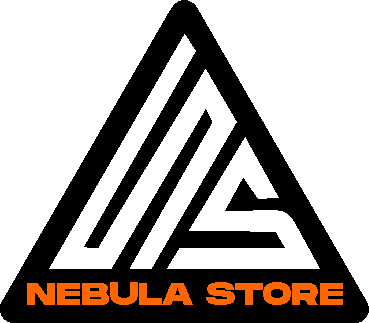A secure data repository is an isolated central storage site which is only used for analytical and reporting purposes. A centralized repository helps businesses better analyze their data, maintain the quality and integrity of their data and prevent security breaches and performance damage over time.
The repository should be able to support multiple information formats, and also have a user-friendly interface. It should be scalable enough that it can accommodate the future information needs of the business and protected from cyber threats. It is also important to backup information regularly. This can prevent a single system failure or hacker attack from destroying your entire database.
Versioning is common in repositories, meaning that older versions of records can be methods of hacking stored alongside the most recent versions. This allows tracking changes and reverting back to earlier versions and creating an audit trail. They can also use the concurrency control to ensure that updates don’t interfere with each other, preserving the integrity of data.
By combining data into a central location, repositories can also cut down on duplication. This makes it easier to establish a consistent set of data standards. This can make it easier to comply with regulations that require specific management practices for specific types of information (e.g., financial transactions or patient records). Additionally, they can use checksums or other methods to verify the authenticity of the data and provide a record about its lifecycle. This can help companies to comply with regulatory requirements, such as those governing the length of time data must be kept for and when to remove it.


